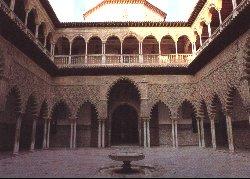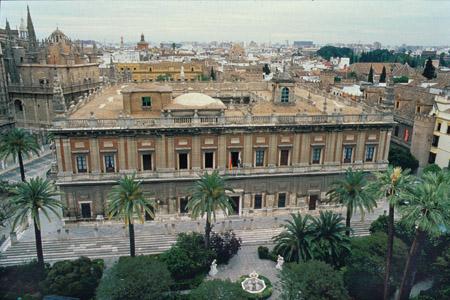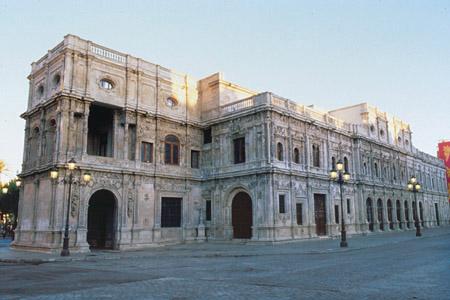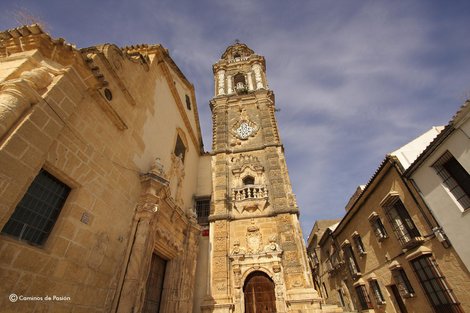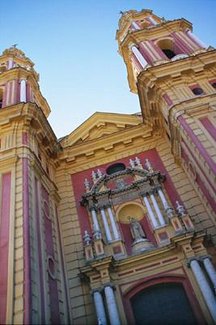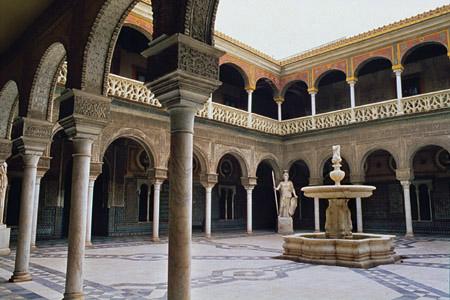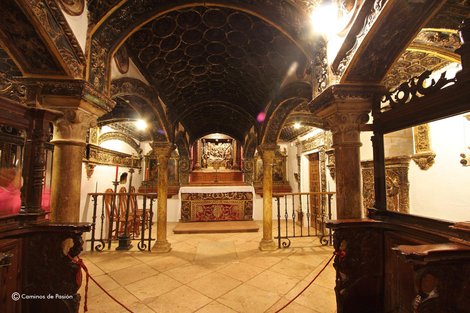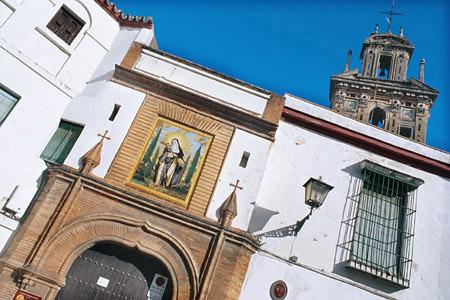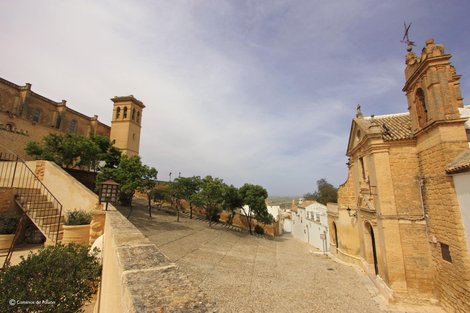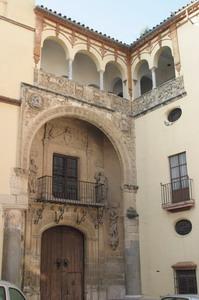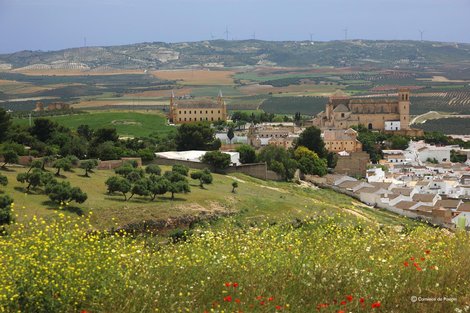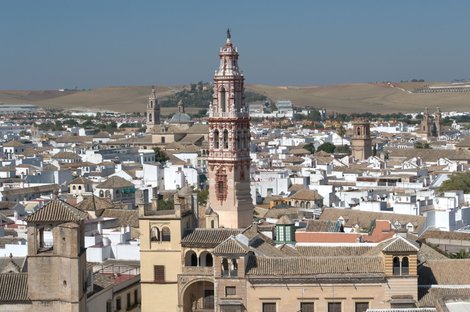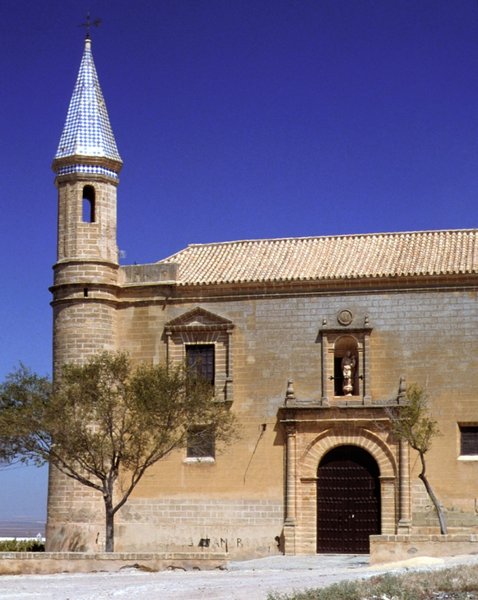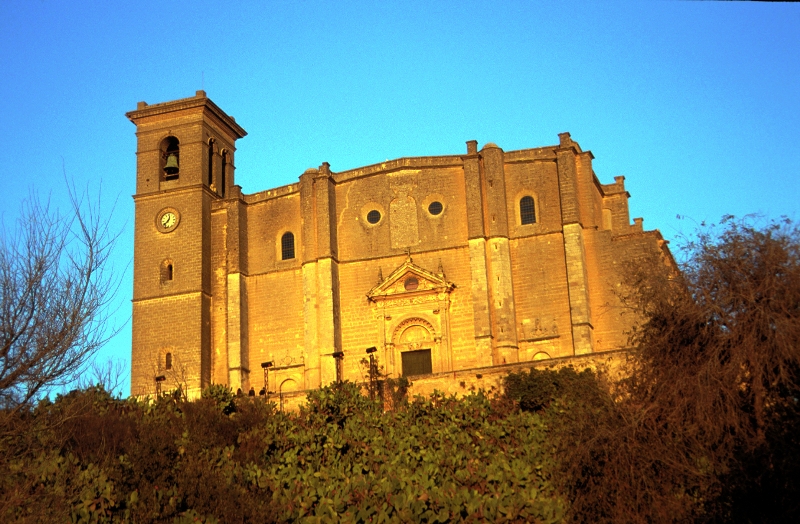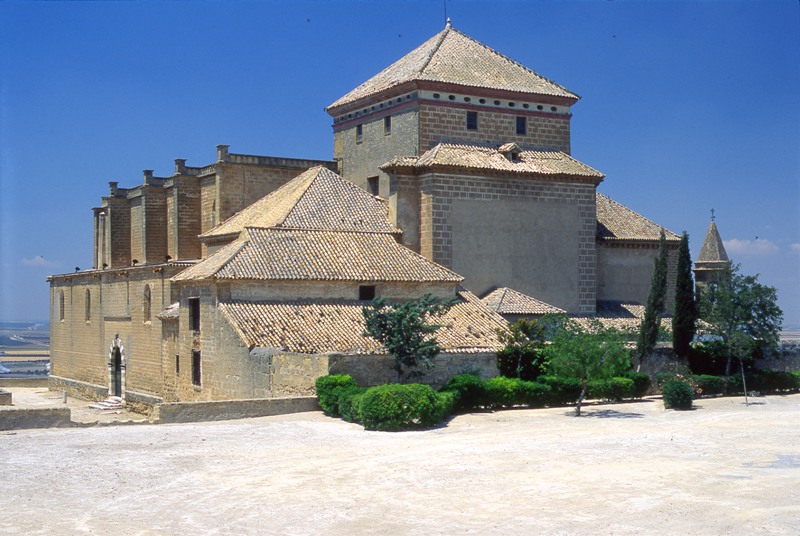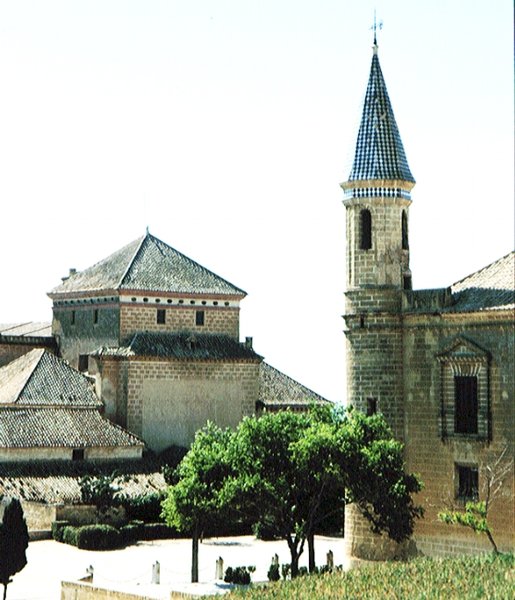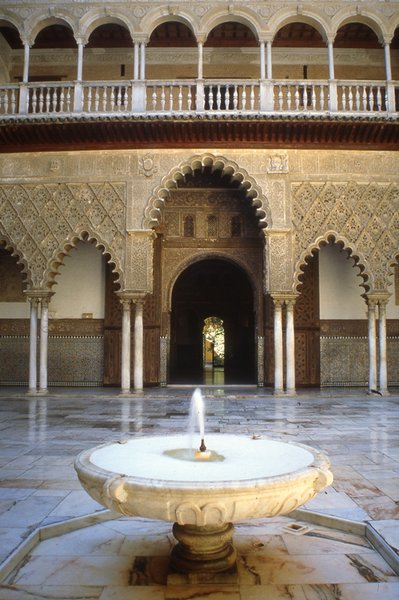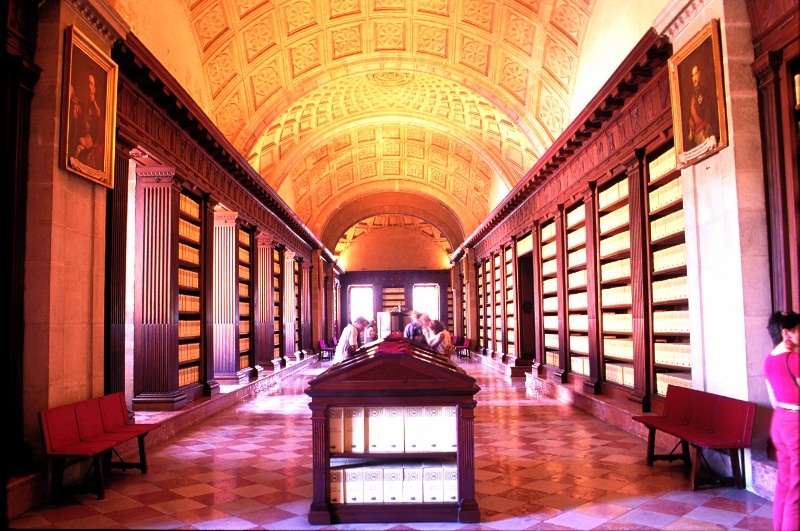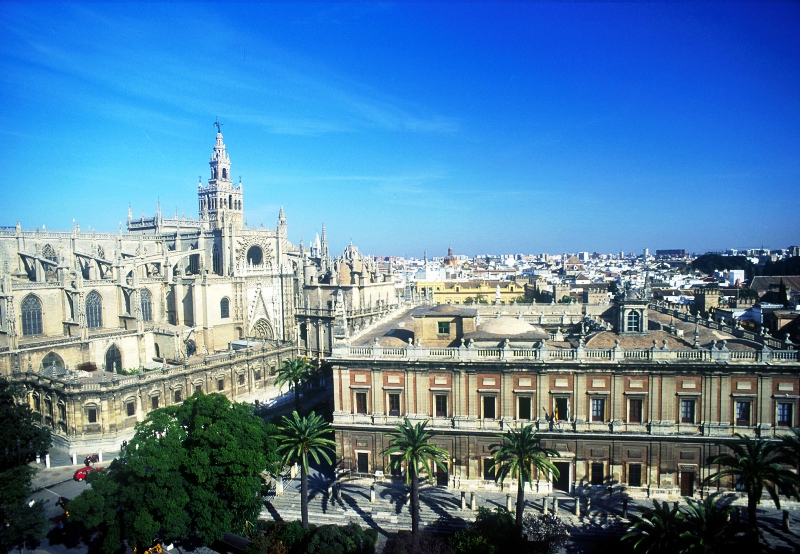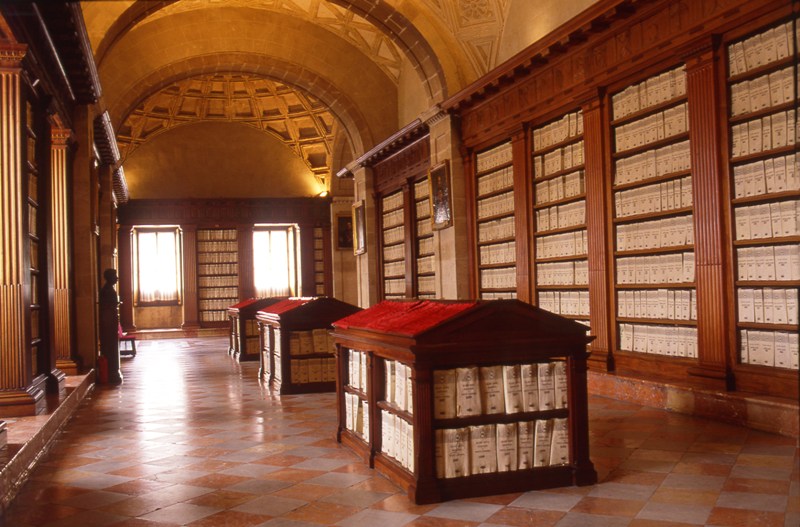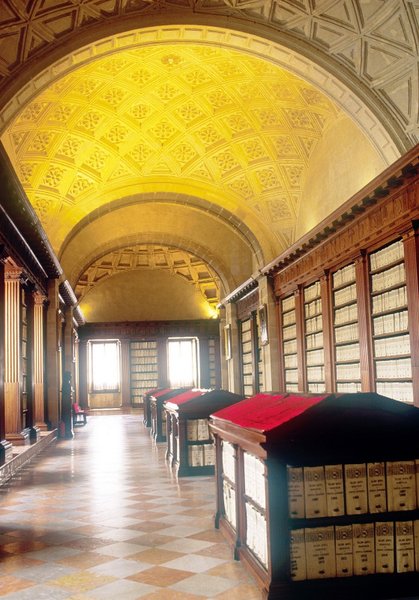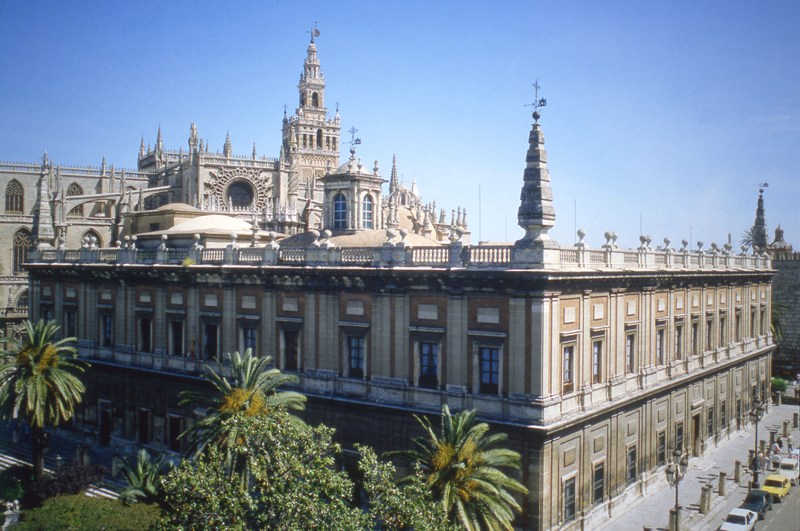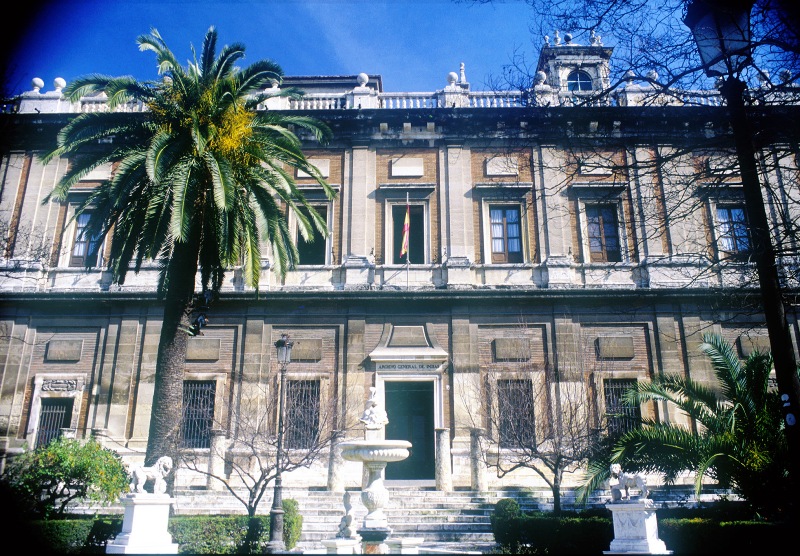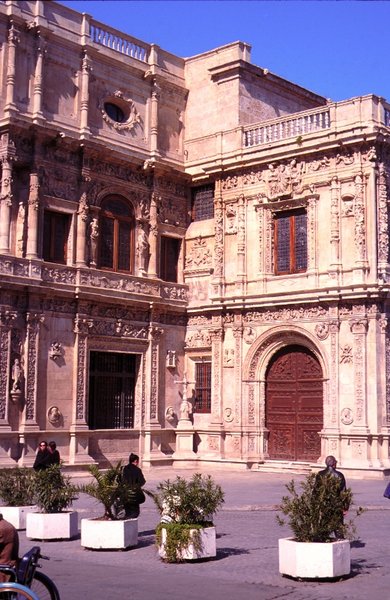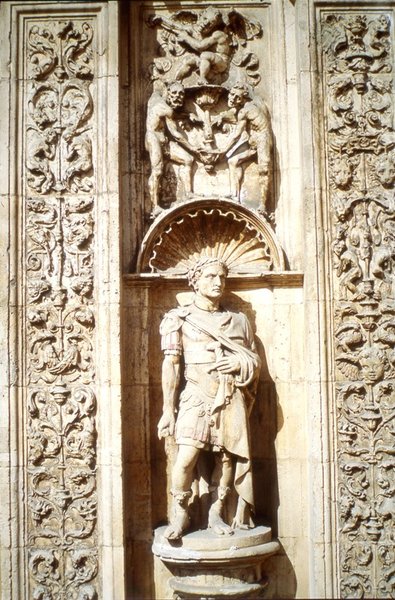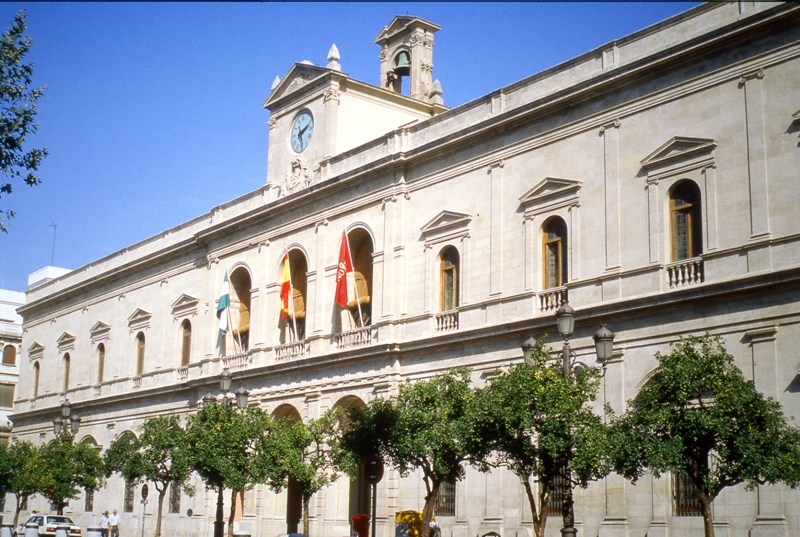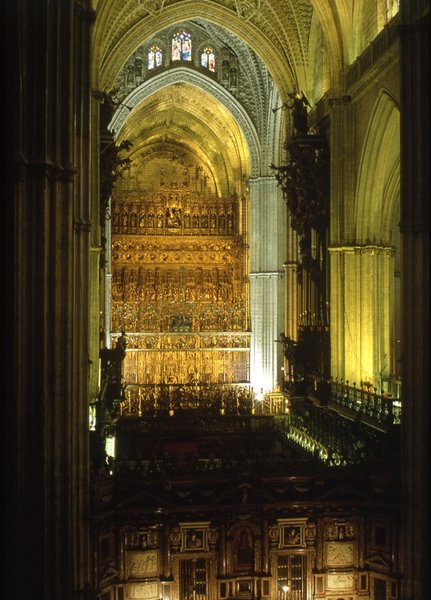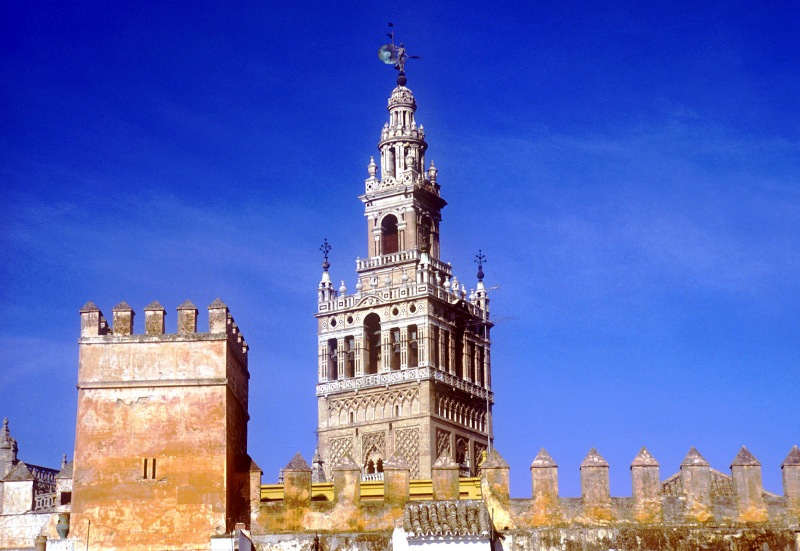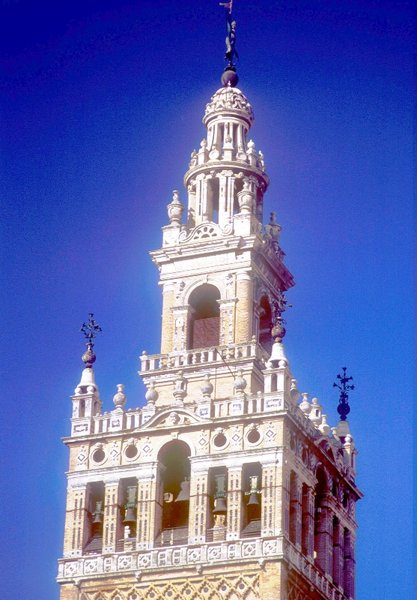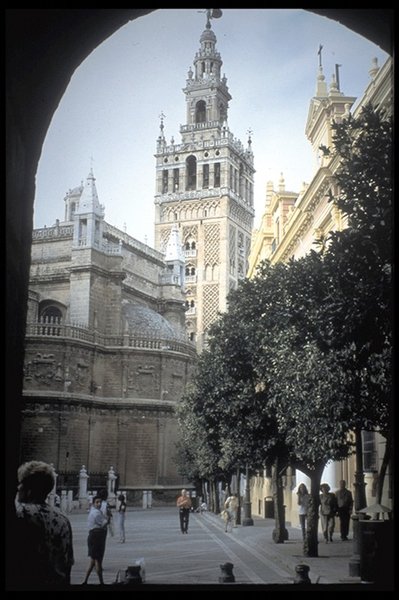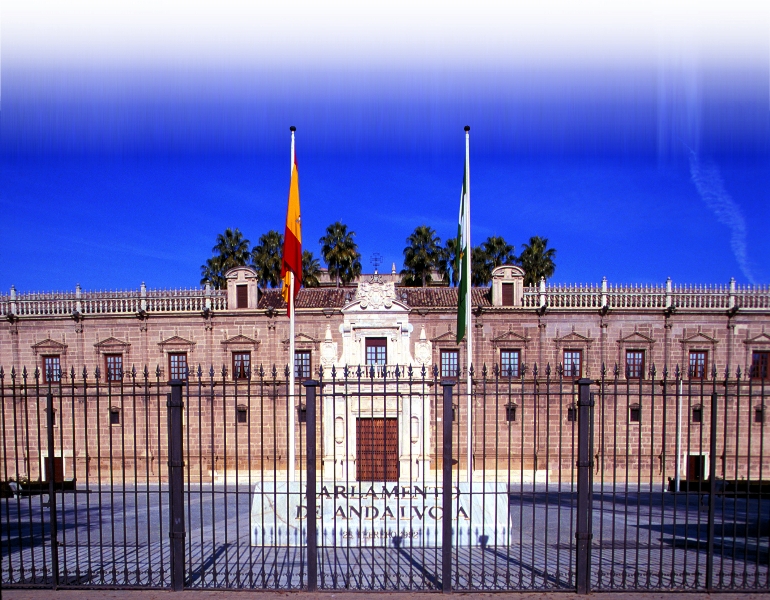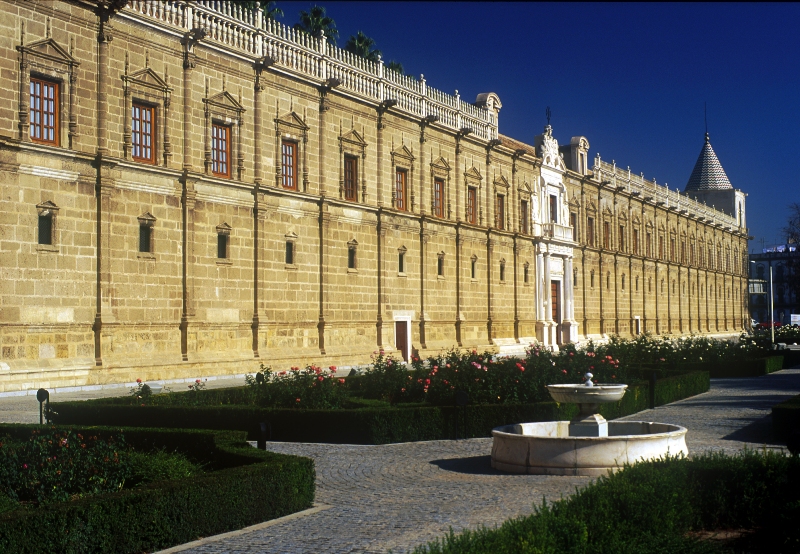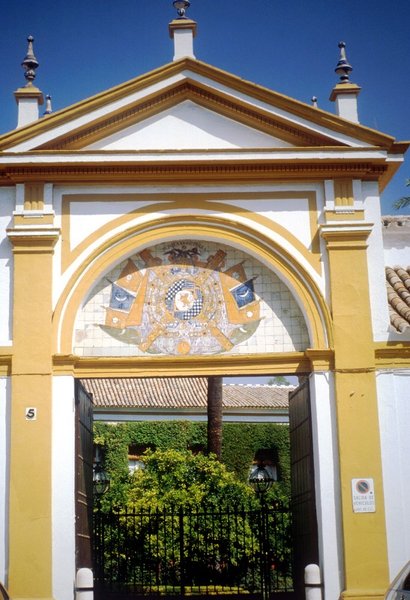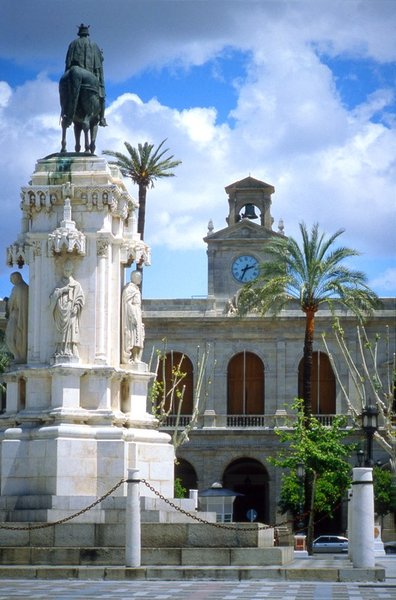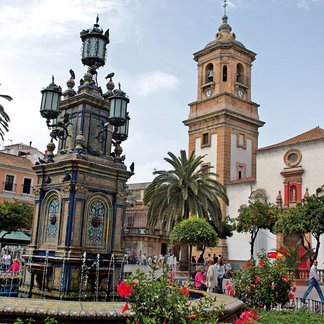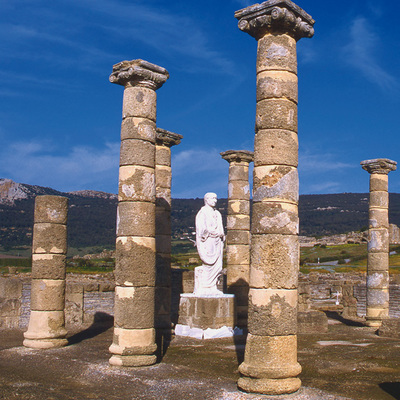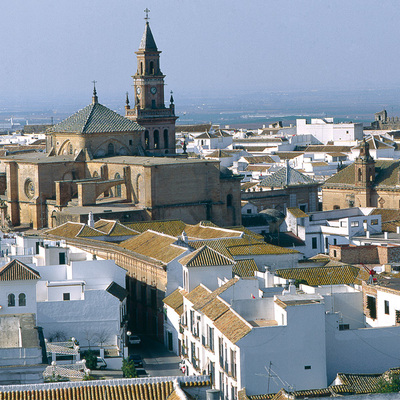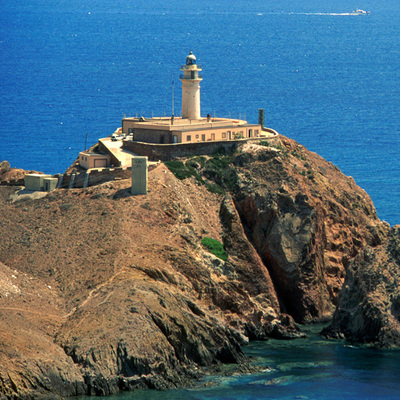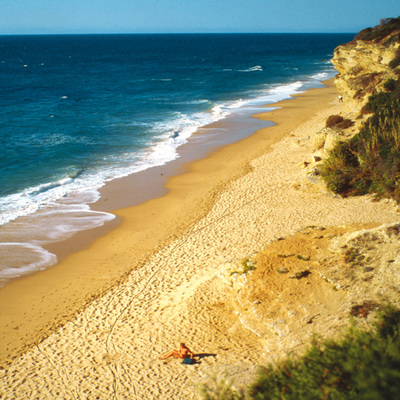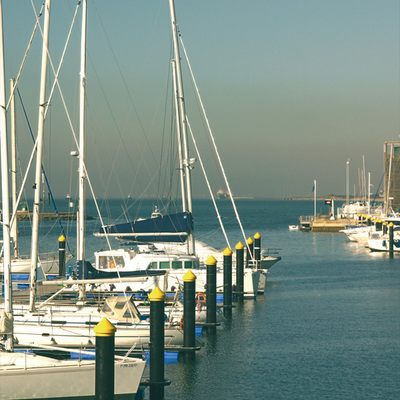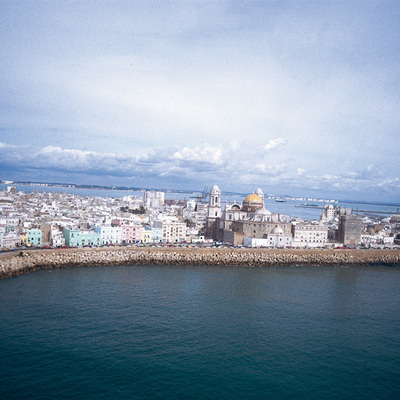The kingdom of Seville and new Rome
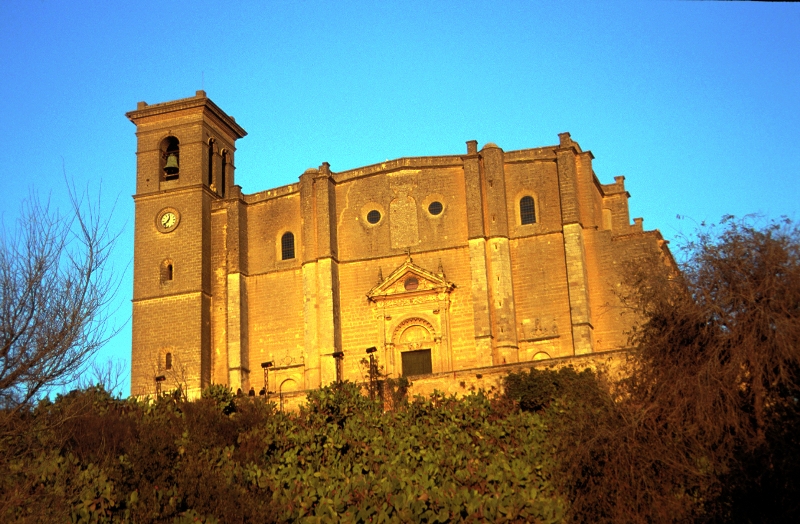
During the 16th Century, the monopoly of trade with America turned Seville into a populous metropolis that some people considered "New Rome", where Renaissance architecture and town planning left a profound mark.
There are three fundamental buildings included under civilian architecture. First, the Town Hall, built on orders from Charles V by Diego de Riaño in 1528 and extended in the 19th century. Next, the Hospital de Las Cinco Llamas or La Sangre, designed by Martín de Gaínza, with lovely courtyards and a church by Hernán Ruiz II from 1558, and finally, La Lonja (Archive of the Indies) from a design by Juan de Herrera in 1583.
Some palaces with a strong Mudéjar flavour are worth visiting, built by nobles or by rich merchants, such as Casa de los Pinelo, Palacio de las Dueñas or Casa de Pilatos. The Alcázar itself is an example of this synthesis, in the Patio de las Doncellas and, in the gardens, Charles V´s Pavilion or Arbour.
To gain an idea of Renaissance religious architecture in Seville, one must see the Cathedral (chapels of Los Alabastros and Real, Sacristy of Los Calicos and Mayor, Chapter House) and climb the Giralda. The section of the bells was built by Hernán Ruiz II between 1558 and 1568, on top of the Almohade minaret of what had been the principal mosque in Seville. The Church of La Anunciación by Hernán Ruiz II has the Renaissance sepulchres of the Enriquez de Ribera family. Some convents in Seville, such as Santa Isabel, San Clemente, San Leandro, Santa Clara, Santa Inés, and Santa Paula, include churches, courtyards and decoration that show the reforms earned out during the Renaissance.
An itinerary could lead us to Ecija, with its abattoirs, the Arca Real del Agua (partially preserved) and the Plateresque facade of the Palace of the Count of Valhermoso. In Osuna, the Colegiata de Santa María de la Asunción is worthy of note. Backed onto it is the ducal pantheon, and also interesting are the university and a cluster of 16th-century dwellings between the churches of La Merced and Santo Domingo (the latter with a magnificent altarpiece by Jeronimo Hernández and Diego Velasco). In Utrera, we may see the facade of the Church of Santa María de la Mesa by Martin de Gaínza.

